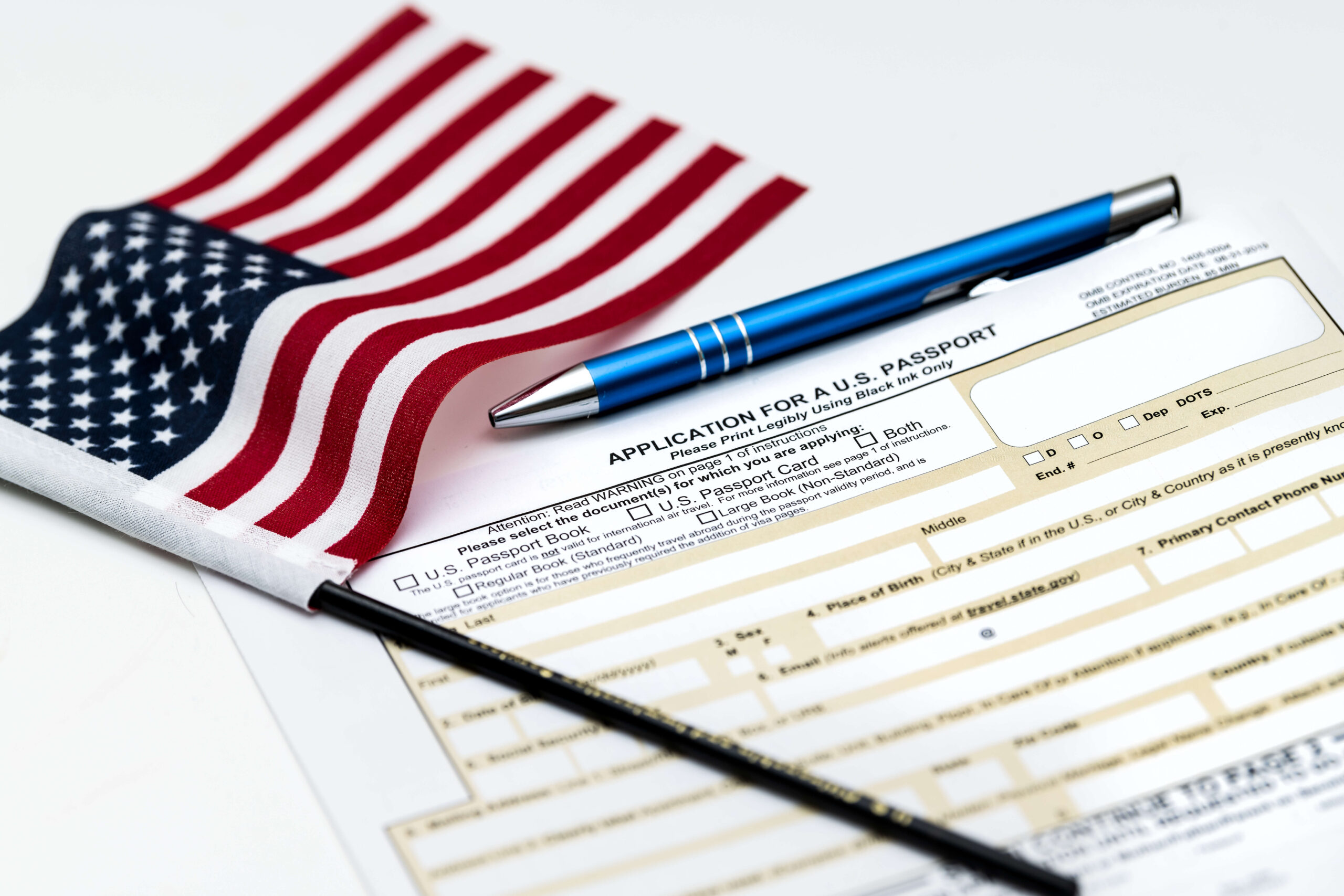For nearly two decades, U.S. Citizenship and Immigration Services (USCIS) has signaled its intention to modernize with the creation of an electronic filing system (officially known as the Electronic Immigration System or ELIS). At its inception in 2005, ELIS was reported to be a $500 million dollar investment that would be completed and implemented by 2013. However, a recent report noted that ELIS is expected to cost upwards of $3.1 billion dollars, and all signs indicate that USCIS is far from implementing the system.
There have been numerous issues reported in relation to this initiative, including those set forth in an audit by the U.S. Department of Homeland Security’s (DHS) Office of Inspector General in November 2017, which criticized USCIS’s efforts. To date, only twelve of the 101 USCIS forms in publication are available to be filed electronically. In a time when many applications are prepared and assembled electronically, rather than by hand, there is no better time than now for USCIS to act to accomplish the objective of electronic systems integration.
There has been increasing momentum over the past year to digitize the immigration process through ELIS. On September 7, 2021, DHS provided a plan to Congress pursuant to Section 4103 of the Emergency Stopgap USCIS Stabilization Act. This plan outlines USCIS’s five-year strategy for enabling electronic filing of all applications and petitions for immigration benefits, accepting electronic payments at all USCIS filing locations, issuing correspondence electronically, and improving the processing times for all immigration benefit requests. The plan sets a timeline to achieve this goal by fiscal year 2026.
In June 2021, the agency took a positive step forward in modernizing its payment process, when USCIS announced a pilot program for accepting credit card payments using Form G-1450 for U nonimmigrants filing Form I-485, Application to Register Permanent Residence or Adjust Status. This pilot program started on May 3, 2021, at the Nebraska Service Center and between September and November of 2021 USCIS expanded the pilot program to the Texas, Vermont, and California service centers for all forms except Form I-129, Petition for a Nonimmigrant Worker, for H-1B and H-2A petitions.
Additionally, USCIS recently announced that for all H-1B and H-1B1 petitions received on or after April 1, 2022, USCIS will no longer accept a single, combined fee payment when Form I-539 (Application to Extend/Change Nonimmigrant Status), Form I-765 (Application for Employment Authorization), or Form I-824 (Application for Action on an Approved Application or Petition), is filed together with an H-1B or H-1B1 petition. USCIS’s stated purpose for this change is associated with the agency’s “transitioning to electronic processing of immigration benefit requests” and that “USCIS will be using multiple systems to receipt and process various types of immigration benefit requests.” Because H-1B and H-1B1 petitions and related applications are not processed using the same system, petitioners must submit separate payment instruments for each form.
Arguably the most visible example of USCIS’s push to go digital is its creation of an electronic registration process for the H-1B cap. Although H-1B petitions are not yet eligible for electronic filing, this first step suggests that H-1B electronic submission is on the horizon.
These recent updates indicate that USCIS is following through with its plan, aiming to further expand the electronic processing of immigration benefits, but there is still much work to be done.
Ogletree Deakins’ Immigration Practice Group will continue to monitor developments with respect to these and other policy changes and will post updates on the Immigration blog as additional information becomes available. Important information for employers is also available via the firm’s webinar and podcast programs.





